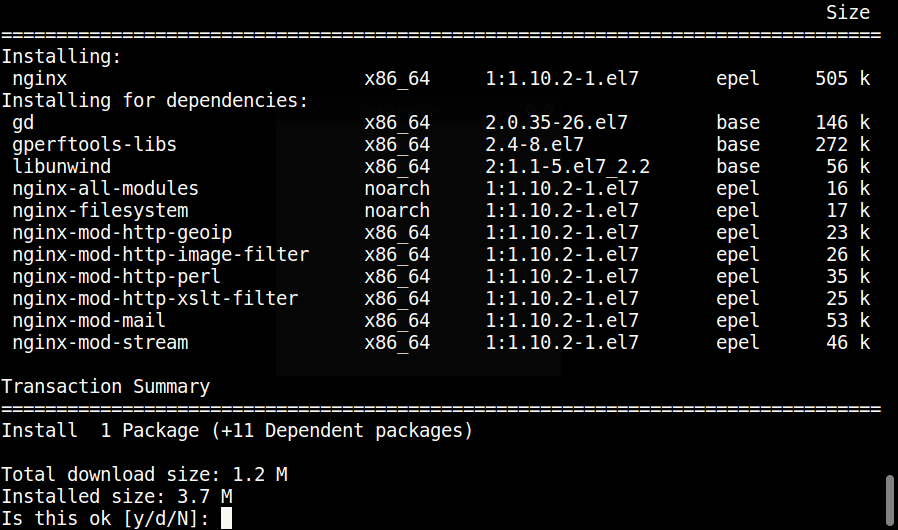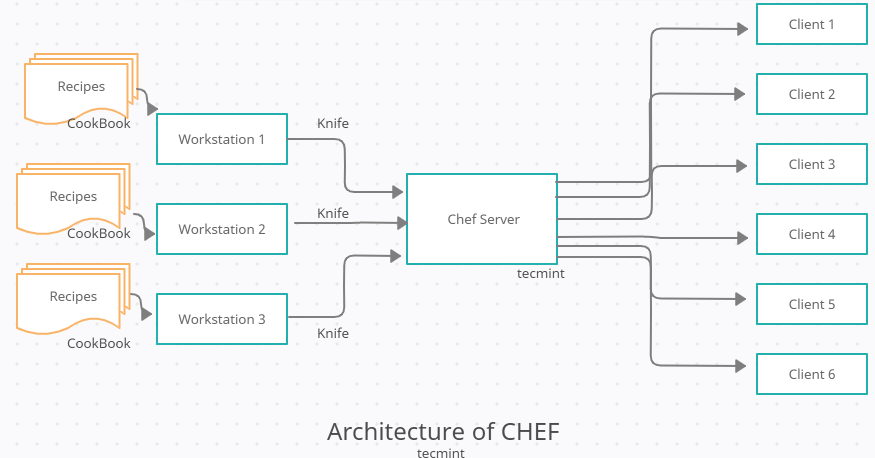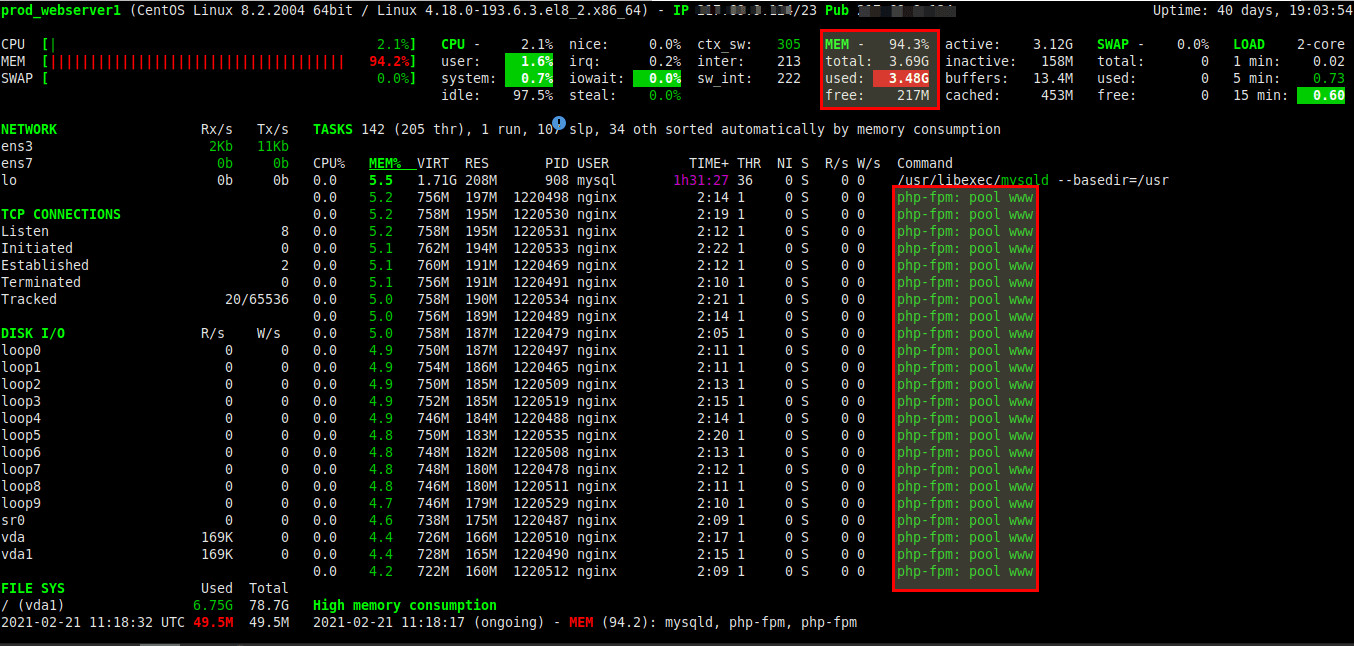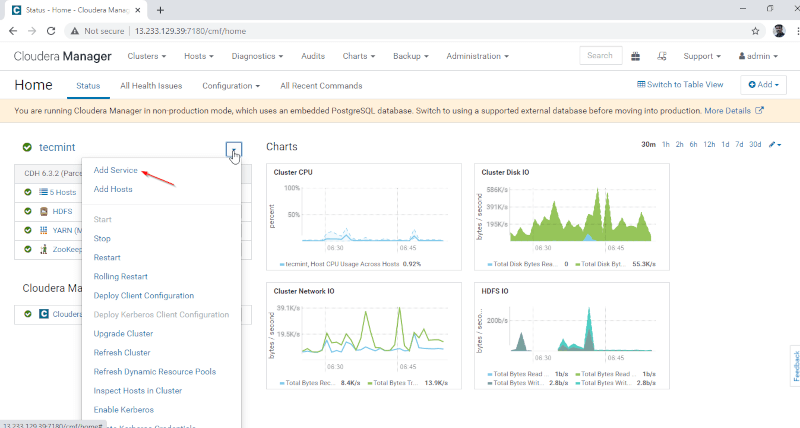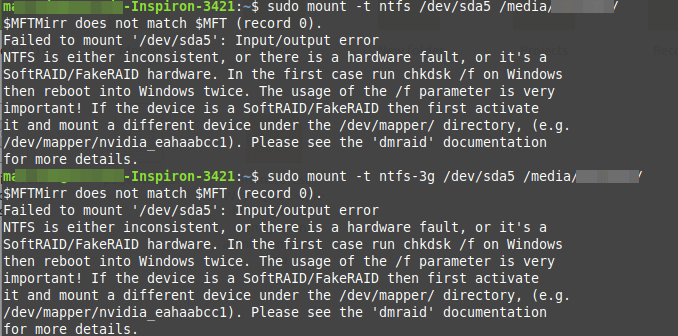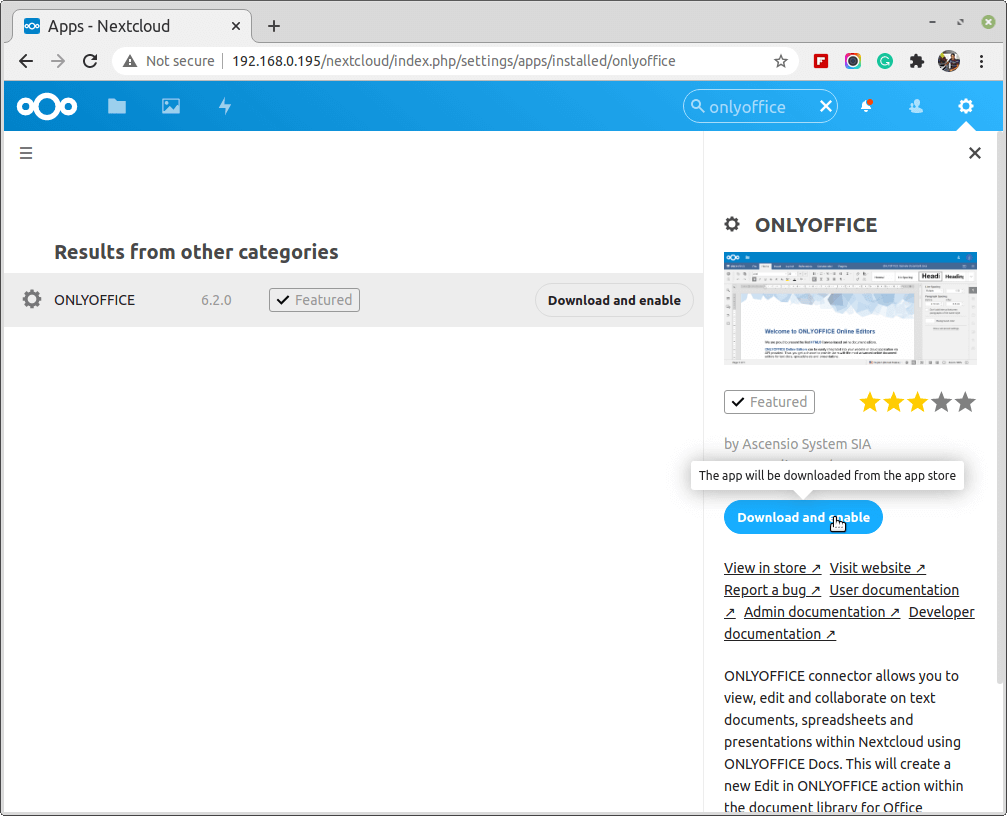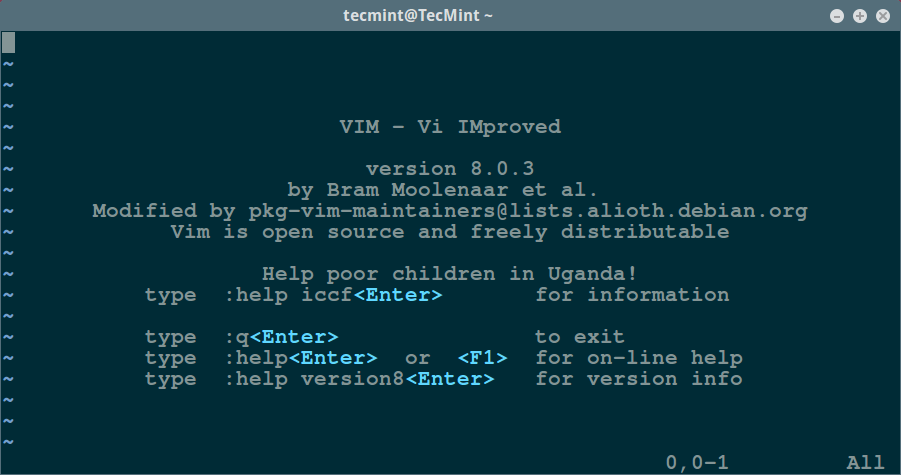In this article, we will discuss what Terraform is and how to install terraform on various Linux distributions using HashiCorp repositories. What is Terraform? Terraform is a popular cloud orchestration tool in the world of automation, which is used to deploy your infrastructure through the IAC (Infrastructure as code) approach. Terraform is built by Hashicorp
CentOS - Page 3 of 10 - DesignLinux
How to Speed Up Apache with Varnish Cache on CentOS 7
Varnish Cache (commonly known as Varnish), is an open-source, popular reverse-proxy HTTP accelerator intended for speeding up web servers. It is engineered for excessively utilized API endpoints and also for dynamic sites that serve massive-content and experience high-traffic. For Nginx: How to Install Varnish Cache for Nginx on CentOS 7 It basically helps to scale
How to Speed Up Nginx with Varnish Cache on CentOS 7
Varnish Cache (also referred to as Varnish) is an open-source, high-performance HTTP accelerator designed for speeding up web servers. In our last articles, we’ve explained how to setup Varnish Cache for Apache on CentOS 7 and CentOS 8. In this article, we will show you how to install and use Varnish Cache as a front-end
What is Automation and Configuration Management with CHEF – Part 1
Let’s take a simple scenario, you have 10 redhat servers where you have to create a ‘tecmint’ user in all the servers. The direct approach is, you need to login into each server and create the user with the useradd command. When the servers are 100s or 1000s, login into all servers one by one
How To Prevent PHP-FPM From Consuming Too Much RAM in Linux
If you have deployed a LEMP (Linux, NGINX, MySQL/MariaDB, and PHP) stack, then you are probably using FastCGI proxying within NGINX (as an HTTP server), for PHP processing. PHP-FPM (an acronym of FastCGI Process Manager) is a widely-used and high-performance alternative PHP FastCGI implementation. Here are the useful guides on setting up LEMP Stack in
How to Install and Configure Hive with High Availability – Part 7
Hive is a Data Warehouse model in Hadoop Eco-System. It can perform as an ETL tool on top of Hadoop. Enabling High Availability (HA) on Hive is not similar as we do in Master Services like Namenode and Resource Manager. Automatic failover will not happen in Hive (Hiveserver2). If any Hiveserver2 (HS2) fails, running jobs
How to Fix NTFS Partition Failed to Mount Error in Linux
In this article, we will show how to fix NTFS failed to mount errors such as “Failed to mount ‘/dev/sdax’: Input/output error, NTFS is either inconsistent, or there is a hardware fault, or it’s a SoftRAID/FakeRAID hardware”. The following screenshot shows an example of an NTFS failed to mount error. NTFS – Failed to mount
How to Co-author Documents in Linux with ONLYOFFICE Docs
Document collaboration as the practice of multiple people working simultaneously on a single document is really important in today’s technologically advanced age. Using document collaboration tools, users can view, edit, and work simultaneously on a document without sending emailing attachments to each other all day. Document collaboration is sometimes called co-authoring. Real-time document co-authoring is
How to Install Latest Vim Editor in Linux Systems
Vi has been around for a long, developed around 1976, it offered users traditional yet powerful features such as an effective editing interface, terminal control, and many more. However, it lacked certain captivating features for example multiple screens, syntax highlighting, multiple undo functionality, and so on, that many Unix/Linux users were looking for in a
How to Create a KVM Virtual Machine Template
A virtual machine template is essentially a copy of the installed virtual machine that comes in handy when you want to deploy multiple instances of virtual machines. Creating a template is a 3 step process that involves creating a virtual machine, installing all the requisites packages that you want to be installed, and finally cleaning



